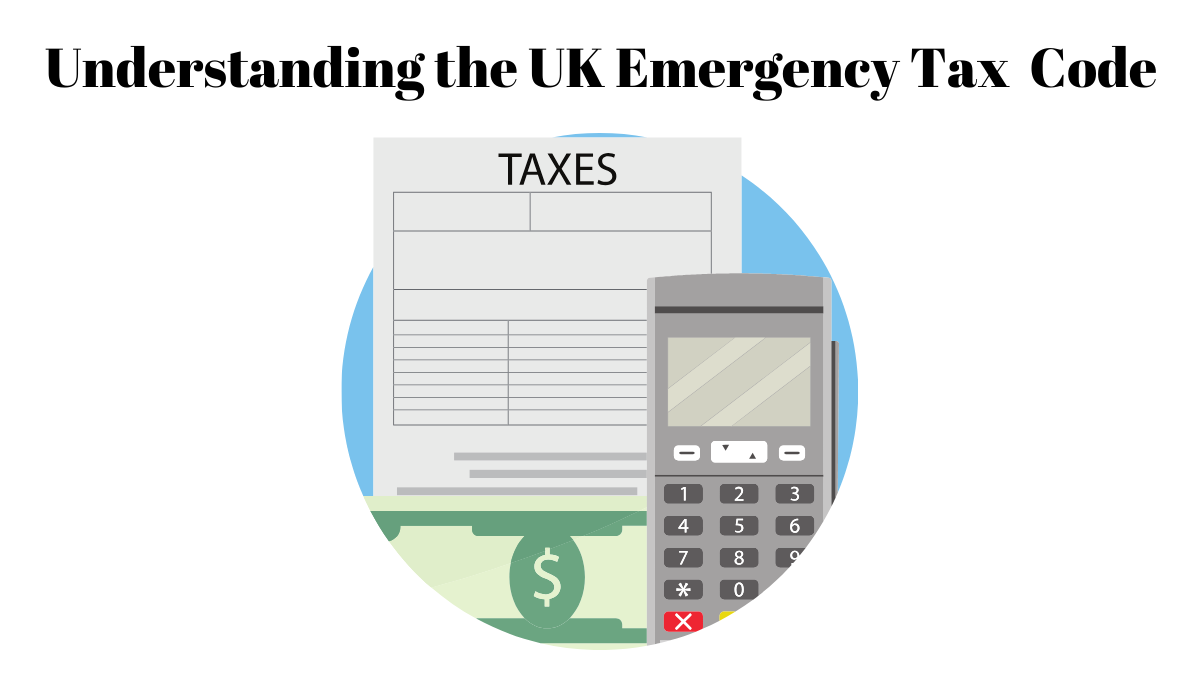In the UK, an emergency tax code is a temporary measure used by Her Majesty’s Revenue and Customs (HMRC) when they do not have all the information they need to know your correct tax code. This can happen when you start a new job, and your employer has not received a P45 form from your previous job or if you start receiving company benefits or the State Pension.
The emergency tax codes usually end in ‘W1’, ‘M1’, or ‘X’. For example, 1257L W1 or 1257L M1. These codes signal that your tax is being calculated on a week 1 or month 1 basis, meaning only the tax due in the current pay period is considered, not the whole year.
Contents
Why Might You Be on an Emergency Tax Code?
You may find yourself on an emergency tax code if:
- You have started a new job.
- You are working for an employer after they are self-employed.
- You are receiving company benefits or the State Pension for the first time.
How Does It Affect You?
Being on an emergency tax code often means paying more tax than necessary. This is because you are not receiving the benefit of your total personal tax-free allowance, which is the amount you can earn each year without paying tax.
How Can You Claim It?
If You have Overpaid Tax
First is, if you have paid too much tax because of an emergency tax code, you can claim a refund. Here is how:
- Check Your Payslip: Your current tax code is listed on your payslip. If it is an emergency code, you may be due a refund.
- Update Your Details: Provide your employer with the correct details, such as a P45 or P46 form, or complete a ‘starter checklist’ if you were previously self-employed.
- Contact HMRC: If you believe you have overpaid, contact HMRC or check your tax code online. You will need your National Insurance number and details of your employment or pension income.
If You are Currently on an Emergency Tax Code:
- Give Your Employer Your P45: If you have one from your previous job, this will help them update your tax code.
- Fill Out a Starter Checklist: If you do not own a P45, this form will provide your employer with the necessary information.
- Check Online: Use HMRC’s online service to ensure your tax code reflects any State Pension or company benefits.
What Happens Next?
Once HMRC has the correct information, they will update your tax code, and you will be taxed correctly moving forward. If you have overpaid tax, you will receive a refund either through your wages or as a tax rebate.
Conclusion
The emergency tax code is a stop-gap solution while HMRC gathers the necessary information to tax you correctly. If you find yourself on an emergency tax code, it is important to fastly update your details and claim any refund you are owed. Remember, the emergency tax code is temporary, and with the right steps, you can ensure you are paying the right amount of tax.
Read More:
- Is Shared Ownership Worth It?
- Tax on State Pensions: Is State Pension Taxable
- Working from Home Tax Relief: A Simple Guide
- Winter Fuel Allowance – How do I claim a Winter Fuel Allowance?
- 1257L Tax Codes: What Employers Need to Know
- DWP Cost of Living Payments
- Understanding the Warm Home Discount Scheme News

I am a dedicated lifestyle and fashion enthusiast, always looking for the latest trends and timeless styles. With a flair for creativity and a passion for self-expression, I provide fresh insights and tips on elevating everyday living and personal style.
